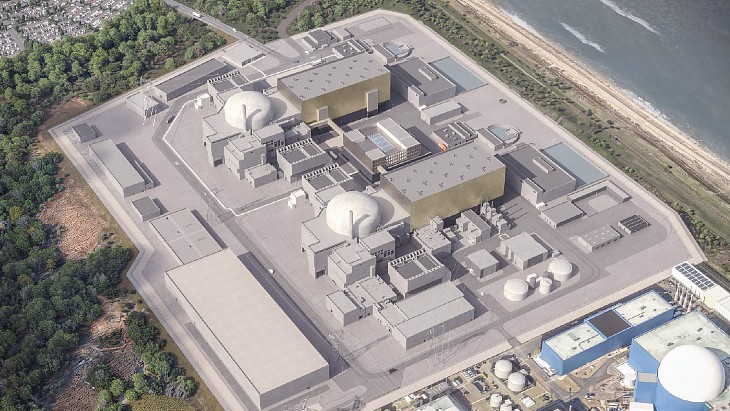The USA has committed to converting 9 tonnes of plutonium into fuel for nuclear power stations. The material will come from around 1000 dismantled nuclear weapons.
US energy secretary Sam Bodman announced the move on 17 September in Vienna, Austria, during the opening session of the International Atomic Energy Agency's General Conference. He said: "The USA is leading by example."
The plutonium comes from nuclear weapon 'pits' - the explosive components of nuclear weapons. During a process that would take 'decades' the parts would be taken apart so they can be recycled into mixed-oxide (MOX) nuclear fuel suitable for use in nuclear power reactors. That process would occur at the Department of Energy's Savannah River site, where a MOX facility is under construction.
The move comes just two weeks after it was announced that the USA's stocks of surplus non-pit plutonium would also be moved to Savannah River for eventual re-use as MOX, or possible stabilisation for permanent disposal. All this work is to be carried out by the USA's National Nuclear Security Administration (NNSA). The MOX fuel assemblies made at Savannah River are set to be used at Duke Energy's Catawba and McGuire nuclear power plants.
Bodman said the USA's destruction of plutonium would be "furthering our commitment to non-proliferation and the Nuclear non-Proliferation Treaty (NPT)." The treaty requires the five 'weapons states' (China, France, Russia, the UK and the USA) to take steps towards destroying their nuclear weapons while helping other states to peacefully use nuclear power. The 'non-weapons states' agreed to never develop nuclear weapons. An extensive set of safeguard checks ensure the non-weapons states keep to the bargain - overseen by the IAEA - but progress towards destroying existing nuclear weapons has been piecemeal and slow.
Matthew Bunn of Harvard University's Belfer Center for Science and International Affairs told Global Security Newswire that the USA had a total of 99.5 tonnes of plutonium during the mid-1990s. At that time it was decided that 52.5 tonnes was surplus to national security requirements. Bryan Wilkes of the NNSA told the news service that the latest announcement had increased the amount of surplus plutonium to 61.5 tonnes. This goes beyond measures previously agreed by the USA and Russia, but still leaves stockpiles which could be used for more weapons than other agreements between the countries would allow.
Further information
International Atomic Energy Agency
US Department of Energy
National Nuclear Security Administration
WNA's Military Warheads as a Source of Nuclear Fuel information paper
WNN: NNSA MOX facility construction starts
WNN: More US pluonium destined for MOX
More US warheads to be used for power generation
The USA has committed to converting 9 tonnes of plutonium into fuel for nuclear power stations. The material will come from around 1000 dismantled nuclear weapons.






_69614.jpg)





